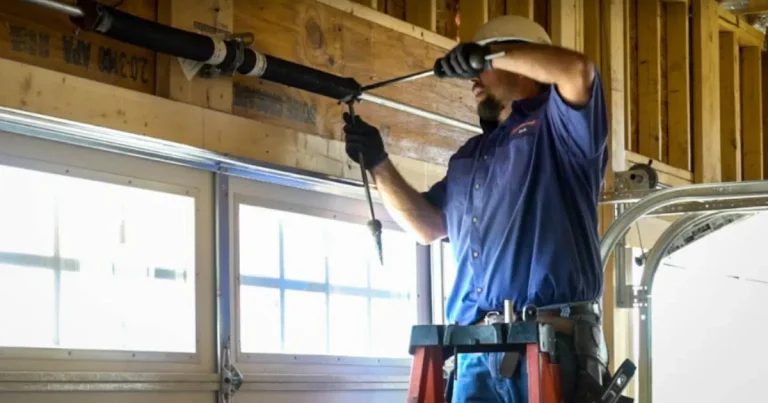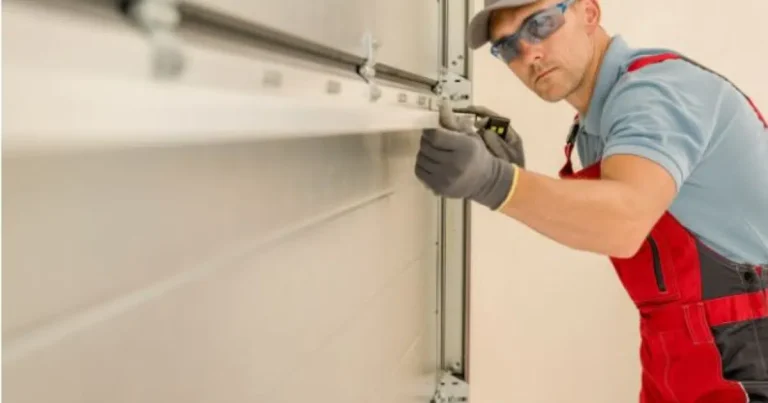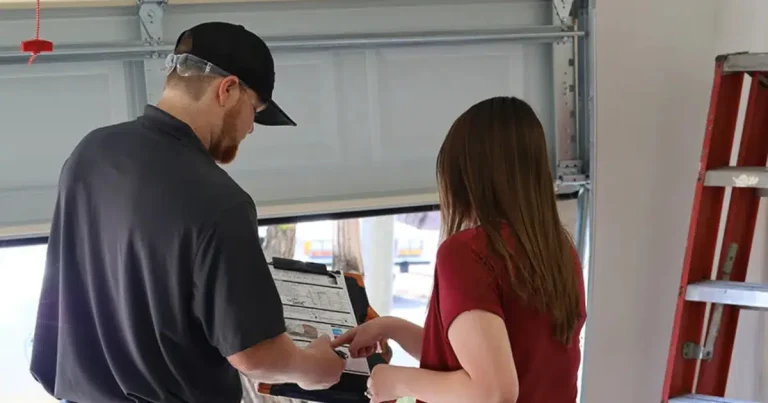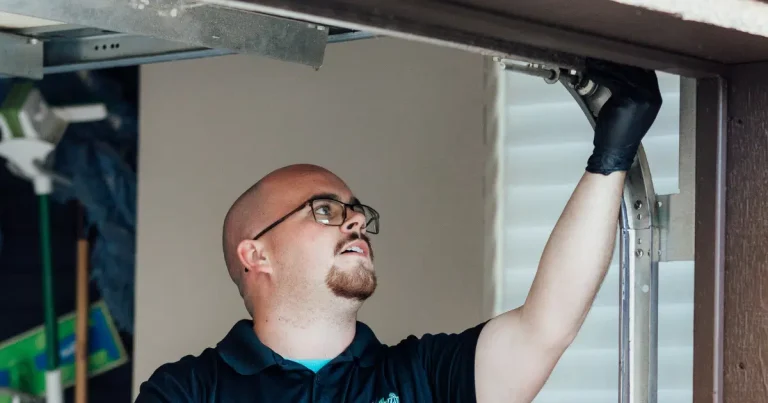Explore the complete anatomy of garage door systems and learn what every savvy homeowner should know.
A garage door is much more than a panel that opens and shuts; it’s a complex mechanical system composed of several interdependent components, each playing a critical role in functionality and safety. From high-tension springs and sturdy panels to rollers, tracks, and automated openers, the anatomy of garage door systems reveals just how much engineering goes into reliable daily performance. Understanding these parts can help you spot potential issues before they lead to costly repairs.
At Guardian Door & Gates, we empower homeowners with the knowledge they need to maintain their garage doors with confidence. Our experienced team takes pride in helping customers understand how their systems work, when maintenance is due, and what upgrades can improve safety and efficiency. By familiarizing yourself with the full anatomy of garage door systems, you can make informed decisions, extend the life of your setup, and ensure secure access to your home.

Understanding the Anatomy of Garage Door Systems
Garage doors operate on a balance of weight, movement, and safety controls. The key parts of any garage door system include:
- Panels – the main visible sections of the door
- Tracks and Rollers – guide and support the door’s movement
- Springs – provide a counterbalance to the door’s weight
- Openers – motorize the opening and closing process
- Safety Sensors – prevent accidents by detecting obstructions
- Seals and Insulation – protect from weather and debris
Your garage door runs efficiently and safely when each component is aligned and functioning correctly. Guardian Door & Gates provides expert support to ensure every part performs at its best.
Garage Door Panels and Materials
Panels form the physical structure of the garage door and define its appearance, strength, and energy efficiency. Most doors are built from steel, wood, or composite materials, each with its benefits.
Steel Panels
Steel panels offer strong durability and minimal upkeep, making them ideal for homeowners seeking a modern, long-lasting, and cost-effective solution.
Wood Panels
Wood panels create a timeless, elegant appearance, though they demand regular maintenance to prevent warping, rotting, and environmental damage over time.
Composite Materials
Composite materials blend wood’s appearance with steel’s strength, offering insulation, durability, and less maintenance for energy-efficient, visually appealing garage doors.
How Panel Quality Affects Longevity
Panel construction directly impacts your door’s performance over time. Heavier-duty panels with reinforced insulation resist warping, denting, and temperature changes better than lightweight models. At Guardian Door & Gates, we guide homeowners through panel options to match their durability, style, and weather resistance needs.
Tracks and Rollers: The Guideway for Movement
Garage door tracks and rollers guide the door as it moves vertically and horizontally. Vertical tracks hold the door in place, while curved horizontal tracks allow it to roll along the ceiling.
- Rollers attached to each panel move within the tracks to ensure smooth travel.
- Track alignment is essential for balanced motion and safety.
Signs of Track or Roller Wear to Watch For
If your garage door is noisy, shakes while moving, or doesn’t close evenly, worn or misaligned tracks and rollers might be the cause. These issues can strain the entire system and lead to larger problems. Guardian Door & Gates offers track realignment, roller replacement, and full system evaluations to keep your door running quietly and correctly.
Springs: The Counterbalance System
Springs are the backbone of any garage door system. Without them, the door’s weight would make it nearly impossible to lift, even with a motor.
There are two main types:
- Torsion springs are mounted above the door, and the twist generates a lifting force.
- Extension springs are located on the sides and stretch and contract during movement.
Why Spring Health Is Crucial to Door Safety
A damaged or unbalanced spring can make your door unpredictable or dangerous. Doors may slam shut, strain the opener, or fail to open. Routine spring inspections and adjustments are essential. Guardian Door & Gates provides professional spring services, including precision replacements and tension adjustments, to ensure safe and reliable operation.
Garage Door Openers: The Motorized Power Source
The opener is the brain and muscle of your garage door system. It receives signals from remotes or wall controls and uses a mechanical system to drive the door’s motion.
Three common drive types include:
Belt Drive
Belt drive garage door openers are known for their ultra-quiet operation, making them ideal for attached garages near living spaces.
Chain Drive
Chain drive systems offer strong lifting power and long-term durability, often favored for their affordability and simple mechanical design.
Screw Drive
Screw drive openers use fewer moving parts, providing a reliable, low-maintenance solution that operates efficiently in moderate climate conditions.
Each connects to the trolley, which pulls the door open or pushes it closed. Regardless of the drive type, a well-maintained opener is key to long-term convenience and performance.
Safety Sensors and Limit Settings
Modern garage doors have safety sensors that detect motion or obstructions in the door’s path. These sensors are typically mounted near the floor on either side of the opening.
In tandem with sensors, limit settings determine how far the door should travel during open and close cycles. Misconfigured or faulty settings can cause the door to:
- Reverse unexpectedly
- Stay open
- Hit the floor too hard.
When Sensors or Limits Fail—What to Do
If your door reverses without reason, refuses to close entirely, or beeps unexpectedly, it’s time to troubleshoot your safety system. Cleaning sensor lenses can help, but persistent issues may require recalibration or part replacement. Guardian Door & Gates specializes in diagnostics and sensor adjustments to keep your door operating securely.
Seals, Weatherstripping, and Insulation
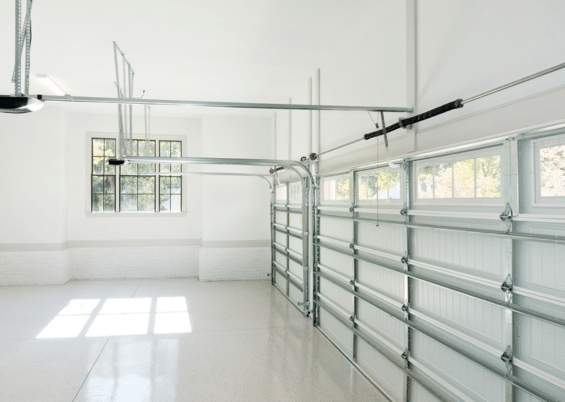
Though small in appearance, garage door seals and insulation elements play a significant role in protecting your property from:
- Air drafts
- Water intrusion
- Dust and insects
- Outdoor temperatures
The bottom rubber seal closes the gap between the door and floor. Perimeter weather seals line the top and sides of the frame to prevent air leaks. Proper insulation helps regulate your garage’s temperature, especially in attached garages.
Guardian Door & Gates helps homeowners upgrade seals and insulation to improve comfort, energy efficiency, and door longevity.
Routine Maintenance: Keeping the Whole System Healthy
A well-maintained garage door lasts longer and operates more safely and quietly. Routine maintenance includes:
- Lubricating tracks, springs, and rollers
- Checking balance and alignment
- Testing safety features
- Replacing worn hardware
Guardian Door & Gates offers professional tune-ups, seasonal inspections, and long-term service plans that keep every part of your system in peak condition so that you can avoid costly surprises down the road.
FAQ: Understanding the Anatomy of Garage Door Systems
What are garage door sections?
Garage door sections are the individual horizontal panels that make up the whole structure of a sectional garage door. Typically connected by hinges, these panels allow the door to bend and roll upward along the tracks. Modern sectional garage doors often have three to five sections depending on size.
What is the part called that opens the garage door?
The part that opens the garage door is called a garage door opener. This motorized device uses a trolley system connected to the door to raise and lower it automatically. It typically includes a remote control, a wall switch, and safety sensors for smooth and secure operation.
What is a garage door mechanism called?
A garage door mechanism is commonly called the garage door operating system. It includes the opener, torsion or extension springs, cables, rollers, tracks, and other components that enable smooth opening and closing. This system ensures balanced movement and overall garage door functionality.
What are the parts of a door mechanism called?
The parts of a door mechanism typically include the torsion springs or extension springs, cables, rollers, tracks, hinges, brackets, and the opener system. These components work together to lift, lower, and secure the garage door efficiently while distributing weight and maintaining balance.
What are garage door hinges called?
Garage door hinges are commonly referred to by their hinge number, such as hinge #1, #2, or #3, based on their placement. These steel components connect the door sections, allowing them to pivot as the door opens and closes along the curved tracks.
Conclusion
Understanding the anatomy of garage door systems helps homeowners stay proactive about upkeep. Knowing how panels, springs, tracks, and openers work allows you to spot early signs of trouble and confidently handle basic maintenance. A well-maintained system enhances safety, boosts performance, and extends the life of your garage door over time.
Guardian Door & Gates delivers trusted expertise for every part of your garage door system. Whether you’re replacing worn springs or upgrading sensors, their team ensures every detail is handled with precision. By relying on professionals who understand the complete anatomy of garage door components, you can protect your property and keep your home running smoothly year-round.
End Note
Guardian Door & Gates offers comprehensive support for every component of your garage door system. From detailed garage door repair to trusted Clopay and LiftMaster parts, we handle it all with precision. Learn more about us or explore our full range of services, including door transformations, gate automation, and fencing solutions designed to meet your home’s unique needs.
Need advice or ready to book a service? Check out what our customers say on our testimonials page or contact us directly via our contact form. You can also stay connected through our Facebook page or visit our homepage to browse more options. With Guardian Door & Gates, expert help is just a click away, because every detail regarding safety and reliability matters.


